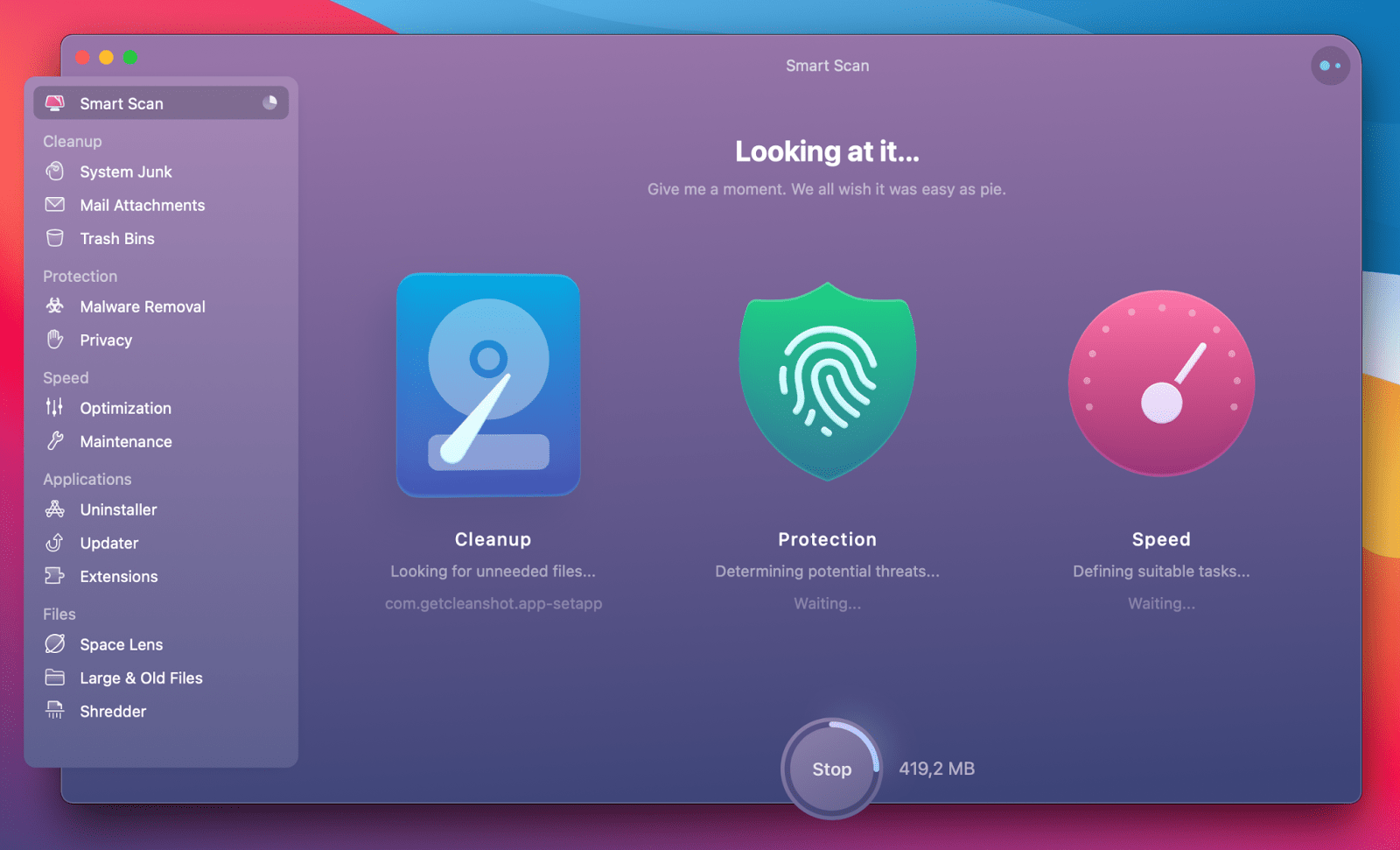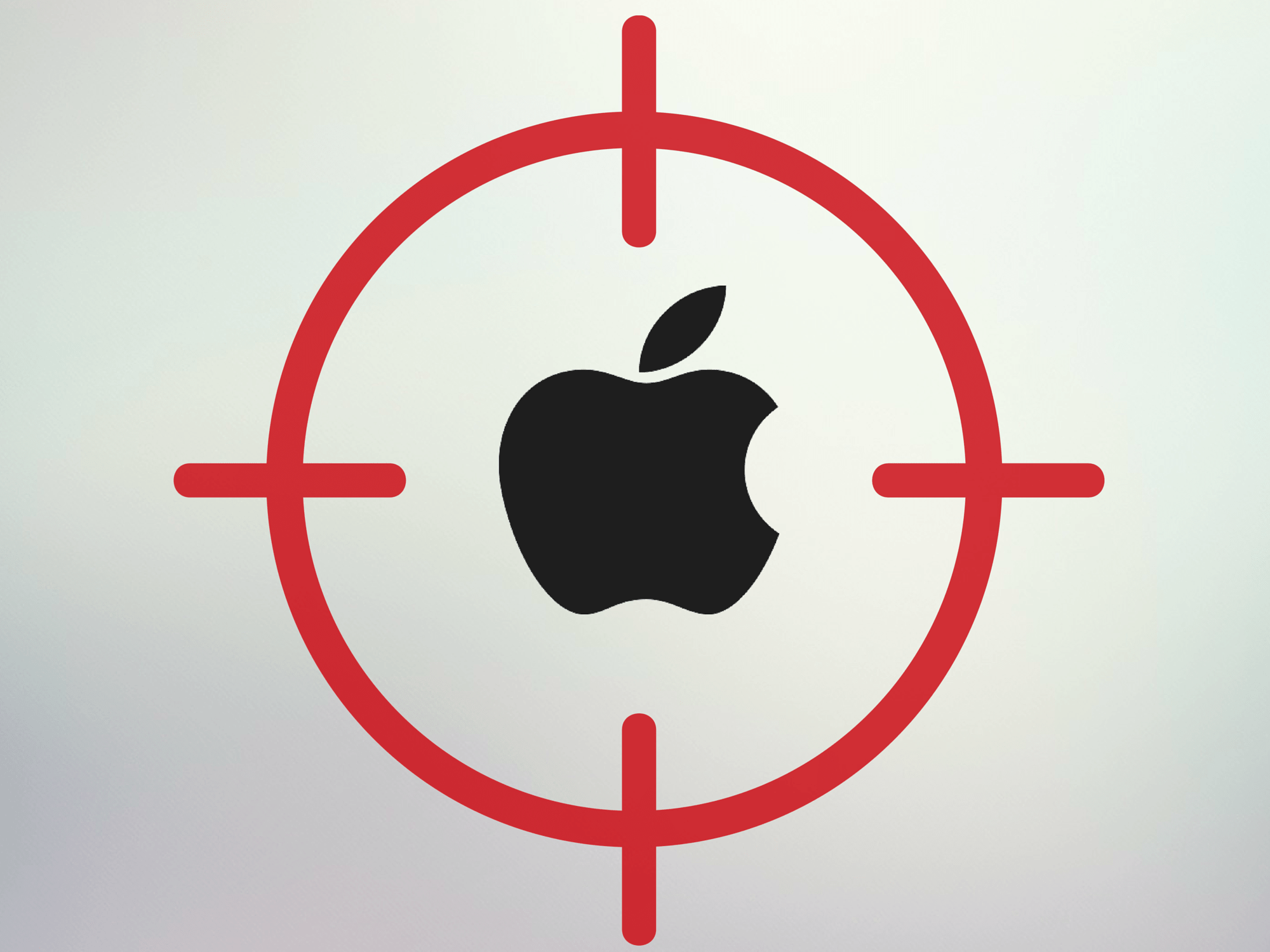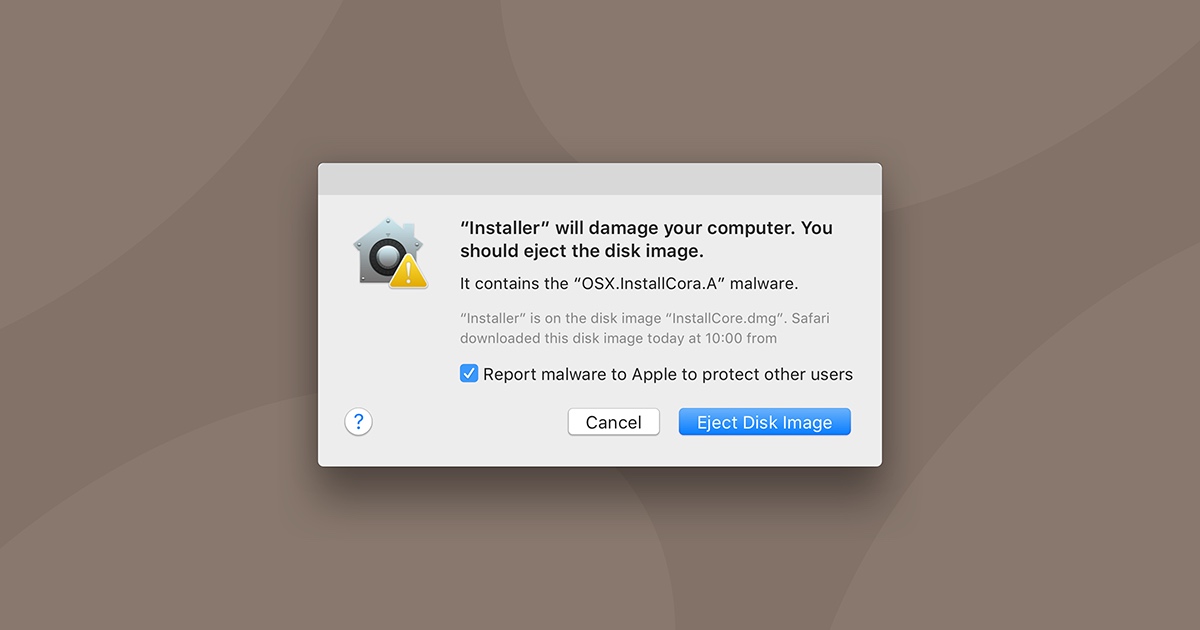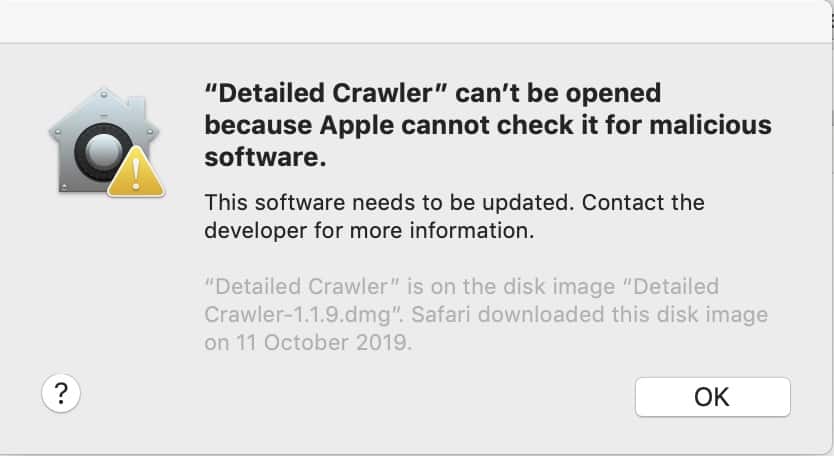


- #Malware removal mac os x how to
- #Malware removal mac os x software
- #Malware removal mac os x windows
If you choose to ignore the message (which you should), you cannot get rid of the page: com, the bad guys are clearly trying to fool users. To unlock your computer and to avoid other legal consequences, you are obligated to pay a release fee of $300.”Ī quick look at the address bar shows an interesting URL: 8381. Warnings appearing to be from the FBI tell the victim: “ your browser has been blocked… you have been viewing or distributing prohibited Pornographic content.

The ransomware page is being pushed onto unsuspecting users browsing regular sites but in particular when searching for popular keywords.
#Malware removal mac os x how to
(Scroll all the way to the end of the post for a video on how to remove this Apple ransomware.) Update: Read our Q&A for the latest about this ransomware. The bad guys know there is a growing market of Apple consumers who, for the most part, feel pretty safe about browsing the Internet on a Mac without the need for any security product.Ĭyber-criminals, well known for not re-inventing the wheel, have ‘ported’ the latest ransomware to OS X, not by using some complicated exploit but rather leveraging the browser and its ‘restore from crash’ feature.
#Malware removal mac os x windows
You can now exit the Preferences menu and Safari.For years, Windows users have been plagued by ransomware demanding several hundred dollars to unlock their computers.Now click Extensions and remove (or disable) any extensions that you do not recognize.REMOVE the check mark in the ‘Open safe files after downloading’ option if there is one.When the screen opens, click on the General Tab if not already.From the Safari drop down menu, select Preferences.Start Safari and then click on the Safari Menu option.You now need to change a setting in Safari to help stop this from happening again.If you see any account with the same name as the app you just removed, select it and the click the ‘minus’ button to remove.Open System Preferences, select Account and then Login items.Locate the app (MacDefender, MacSecurity or MacProtector) and drag it to Trash.Click the ‘Quit Process’ button in the upper left corder of the window and select ‘Quit’.Under the Process Name column, look for the name of the app – common app names include MacDefender, MacSecurity or MacProtector – and click to select it.Choose ‘All Processes’ from the pop up menu in the upper right corner of the window.Go to the Utilities folder in the Applications folder and launch ‘Activity Monitor’.If the malware ‘Scan’ window is open, close it using the red x button in the top left hand corner (you may also need to do a ‘Force Quit’).
#Malware removal mac os x software

Here are the steps to remove this malware and to help protect you in the future. This ‘anti-virus’ software is actually malware and it’s ultimate goal is to get the user’s credit card information. The user is then offered a software product, usually called Mac Defender or Mac Security to resolve the issue. Although it is rare, there is targeted malware out there and this post deals with how to remove a specific one as well as some ideas on how to prevent further issues.Ī phishing scam has targeted Mac users by redirecting them from legitimate websites to fake websites which then ‘scare’ them into thinking their computer has become infected with a virus. Most Mac users feel they are impervious to malware or infections with OS X.


 0 kommentar(er)
0 kommentar(er)
